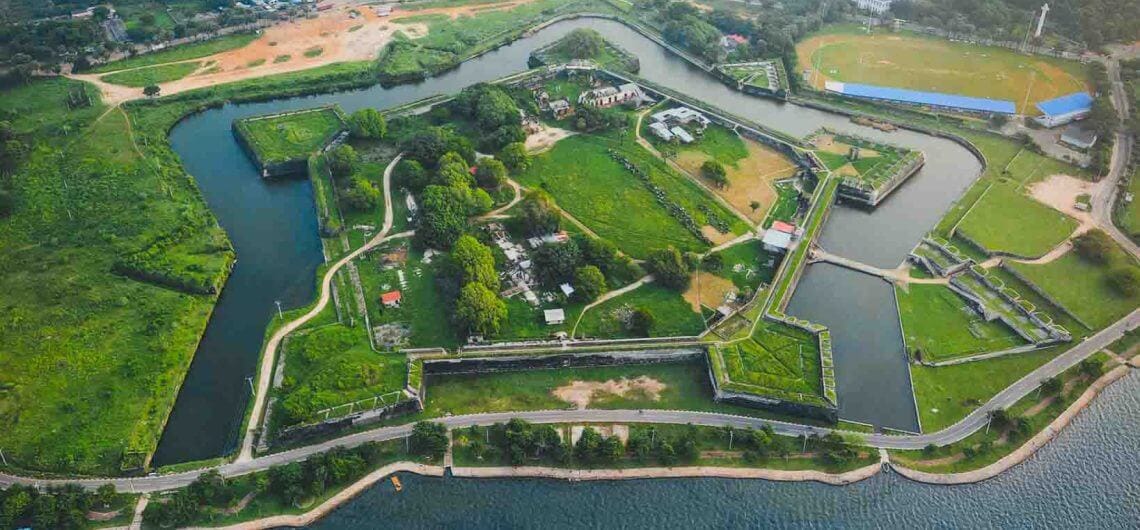Anuruda Arana
Tucked away in the lush greenery of Sri Lanka’s hill country, Anuruda Arana is a haven of peace and tranquility.…
View Details
In the heart of the vibrant city of Jaffna in Northern Sri Lanka, a centuries-old sentinel of history stands proudly by the azure waters of the Indian Ocean. The Jaffna Fort, an enduring symbol of the city’s resilience and its rich cultural heritage, offers visitors a fascinating glimpse into a bygone era. In this guide, we’ll embark on a journey to explore the Jaffna Fort, its historical significance, and the unique blend of colonial architecture and local traditions that make it a must-visit destination for travelers seeking to unravel the mysteries of Sri Lanka’s Northern history.
The Jaffna Fort, also known as the Jaffna Dutch Fort, is a testament to the island’s diverse and often tumultuous history. It was built by the Portuguese in 1619 and later occupied and expanded by the Dutch in 1680. Subsequently, the British took control of the fort during the colonial era.
Today, the fort stands as a living legacy, bearing the architectural imprints of these colonial powers while retaining its distinctly Jaffna character. It’s a place where history comes alive, and where the layers of time unfold in the fort’s weathered walls and arched entrances.
The Jaffna Fort is a unique fusion of architectural styles, combining European fortifications with South Indian and Sri Lankan design elements. Its star-shaped layout, reminiscent of European military architecture, is surrounded by a deep moat and high walls, once intended to repel foreign invasions.
Within the fort’s walls, you’ll find a blend of structures that reflect different periods of occupation. The Dutch Reformed Church, built in 1706, is a beautiful example of Dutch colonial architecture and stands as a symbol of the enduring Dutch influence in the region.
The Jaffna Fort is not just a historical relic; it’s also a site of cultural and community significance. During the decades-long conflict in Sri Lanka, the fort suffered significant damage. However, in the post-war era, it has undergone restoration efforts to preserve its historical and cultural value.
Today, the fort hosts cultural events and festivals, serving as a venue for music, dance, and artistic performances. It’s a testament to the resilience and revival of Jaffna’s vibrant culture and arts.
Before you embark on your journey to the Jaffna Fort, consider these practical details:
The Jaffna Fort is not just a relic of history; it’s a testament to the resilience of the Northern region, a symbol of cultural fusion, and a place where the heart is touched by the enduring spirit of Jaffna. Whether you’re drawn to its historical significance, the architectural marvels it houses, or the cultural vibrancy it now represents, the Jaffna Fort promises an enriching journey into the heart of Sri Lanka’s Northern history.
It’s a place where the walls speak of centuries gone by, where the arches echo the footsteps of time, and where the heart is touched by the unique blend of colonial and local traditions. Jaffna Fort is a destination that offers a deep connection with history, culture, and the indomitable spirit of a community and a city that have withstood the test of time.